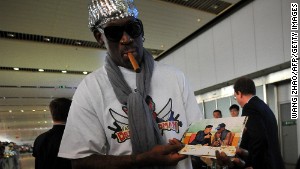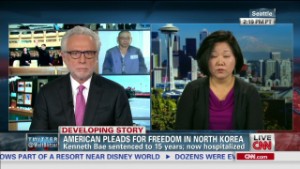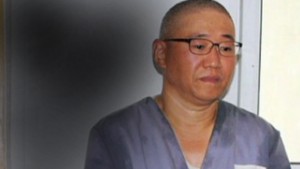JohnButts@JBMedia - Reports:
It's the biggest find in 50 years and the media is completely ignoring it...
It is 6 times larger than the Bakken, 17 times the size of the Marcellus formation, and 80 times larger than the Eagle Ford shale.
All told what was recently discovered outside a sleepy Australian town contains more black gold more than in all of Iran, Iraq, Canada, or Venezuela.
With current estimates at 233 billion barrels its just 30 billion shy of the estimated reserves in all of Saudi Arabia.
According to one renowned international expert, this massive discovery could eventually dwarf the oil rich kingdom as the original estimates are revised.
An advisor to six of the top 10 oil producers and active consultant to 20 world governments, Dr. Kent Moors now believes the find, "may land at 300 or 400 billion barrels," making it one of "the greatest unconventional oil discoveries any of us will see in our lifetimes."
"It's represents a bona fide redrawing of the global energy map as we know it," Moors says, "and the mainstream media is completely ignoring it."
Where the Hell is Coober Pedy?
But to people who call this place home, the oncoming oil boom means nothing will ever be the same ($20 trillion worth of oil can do that to a town).It's centered around a place called Coober Pedy, an inhospitable speck on the map in Southern Australia.
Founded in 1915, Coober Pedy had long been the home to a scarce 1700 people who lived in residences literally carved out in its caves.
Now another 20,000 people have suddenly flocked there, making it one of the hottest real estate markets in all of Australia.
Considering the conditions the sudden stampede is remarkable - there's little to no water and temperatures routinely reach above 100 degrees Fahrenheit.
While it's obviously still just the beginning, Coober Pedy real estate agent Di Enders says her phone has been ringing off the hook since the news broke.
"I've had so many calls, you wouldn't believe it," she says. "My brain is about to explode."
"People renting don't want to surrender their houses, they know they won't get another one," she says.
The big draw is the riches about to be pulled out of a vast geological structure called the Arckaringa basin.
Encompassing an area in excess of 30,000 square miles, what's buried within the basin is enough black gold to completely change the global oil landscape-not to mention the lives early investors.
Analysts now believe ground zero will be much like is was in Saudi Arabia in the 1950's.
And according to the inner circle briefing below by Dr. Moors, there's one little company that controls the whole thing.
And since Arckaringa footprint will be beyond extensive, hundreds of wells, massive infrastructure networks, gathering systems, pipelines, processing facilities and support services will vital.
The Death Knell for OPEC
The massive find has been likened to the Bakken and Eagle Ford shale oil projects in the US, which have created legitimate boom times in Texas and North Dakota.The outflows from these areas have been so big they have given way to predictions that the US could overtake Saudi Arabia as the world's largest oil producer as soon as this year.
Even at the lowest estimate, the Coober Pedy fins is set to make Australia a net oil exporter; at the higher estimate, Australia would become one of the world's biggest oil exporters.
"What we're seeing up there is a very, very big deposit," says South Australia's mining minister, Tom Koutsantonis, "If the reserves and the pressure was right over millions of years and the rocks have done the things they think they've done, they think they can extract vast reserves of oil out of South Australia which would have a value of about $20 trillion."
Dependence on OPEC's crude is already slipping as the U.S. and Canada unlock unconventional oil supplies from deep underground shale deposits with new drilling techniques.
Now there's even more completion bubbling up from "Down Under."
Given all of the trouble in the Middle East, the Saudi's have good reason to be alarmed.




